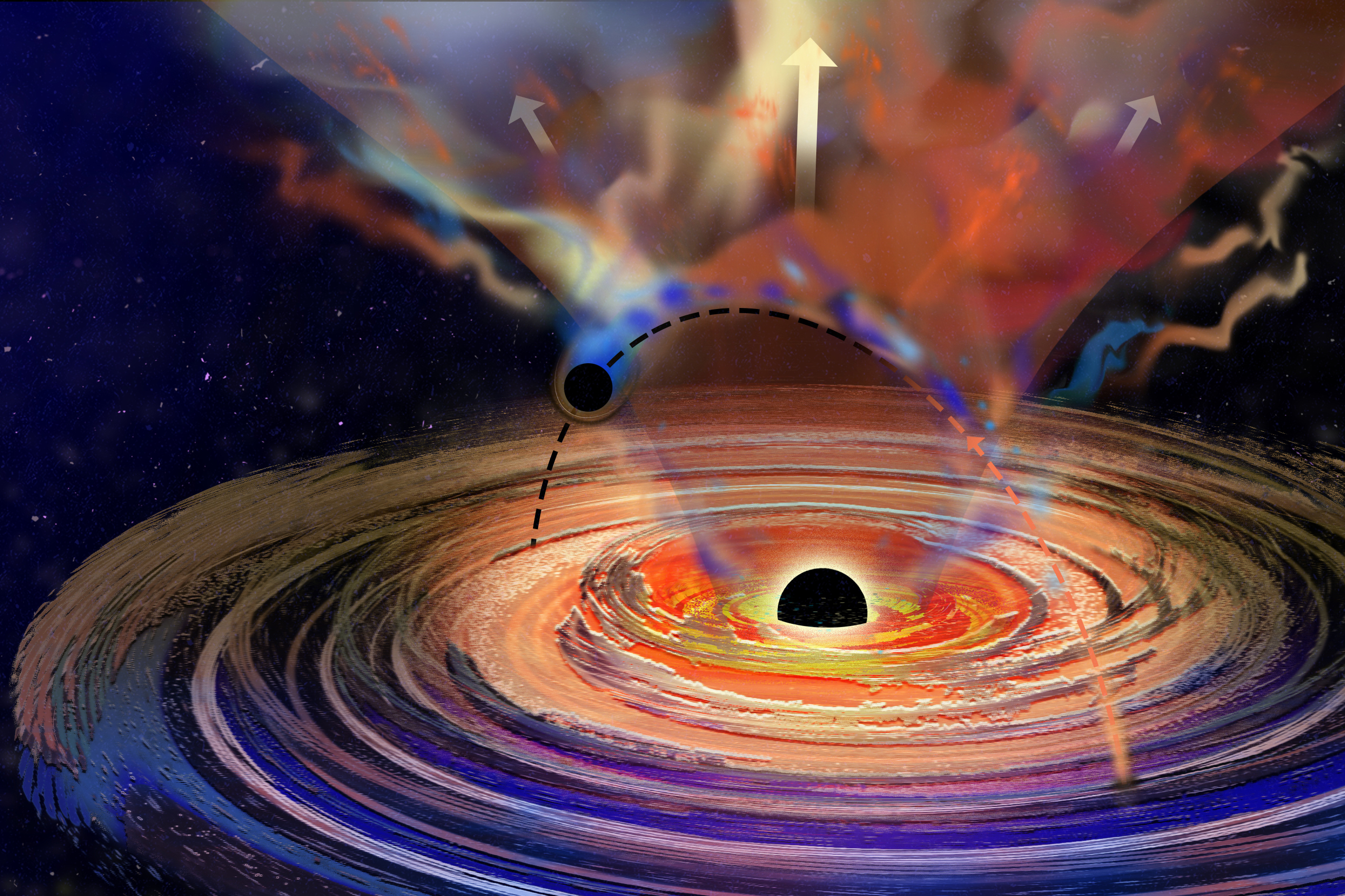Originally designed for a four-year journey to explore Jupiter and Saturn, NASA’s Voyager spacecraft have astoundingly journeyed for nearly 50 years, traveling over 15 billion miles. These twin probes have transcended their initial mission, exploring our heliosphere and venturing into interstellar space, achieving distances far beyond any other human-made object.
Throughout their epic voyage, the Voyager spacecraft have made groundbreaking observations of all four giant outer planets and their moons. Utilizing a limited suite of instruments, including MIT’s Plasma Science Experiment (PLS), they have significantly contributed to our understanding of plasma in planetary magnetospheres.
The Plasma Science Experiment, launched with Voyager 2 in 1977, has provided crucial data on charged particles in planetary environments, the solar wind, and the interstellar medium—the space between stars. It was pivotal in confirming Voyager 2’s transition across the heliosphere and into interstellar space.
To extend the mission’s life and conserve power on Voyager 2, NASA has recently decided to shut down MIT’s Plasma Science Experiment. This shutdown marks the first of several anticipated power conservation measures. On September 26, the PLS successfully transmitted its last data from a distance of 12.7 billion miles before receiving the command to disable.
MIT News interviewed John Belcher, Professor of Physics at MIT and a key member of the original PLS team, along with John Richardson, principal research scientist at MIT’s Kavli Institute for Astrophysics and Space Research. They shared insights on the legacy of this remarkable instrument.
Q: What were the most significant discoveries made by MIT’s Plasma Spectrometer regarding the solar system and interstellar space?
Richardson: One of the most impactful findings of the PLS was the discovery of the Io torus around Jupiter—a plasma donut formed from sulfur and oxygen emitted by Io’s volcanoes (which Voyager also revealed). At Saturn, we discovered a magnetosphere rich in water and oxygen from the icy moons. Observations at Uranus and Neptune led to exciting insights regarding the behavior of plasma density. Moreover, PLS’s observations of the termination shock represented the first detection of plasma phenomena at this critical boundary in the solar system. Finally, we documented Voyager 2’s crossing of the heliopause by observing the cessation of outward plasma flow, marking the transition from the solar wind to the local interstellar medium (LISM). Losing this instrument is indeed a poignant moment!
Belcher: It’s essential to recognize the contributions of MIT Professor Herbert Bridge and Alan Lazarus, who spent decades developing the PLS. The first prototype they created was launched on Explorer 10 in 1961, and today, an updated version is employed on the Solar Probe, which explores the sun’s vicinity for insights into solar wind origins.
Q: How have the plasma sensors performed over their 47-year mission on board the Voyager probes?
Richardson: The PLS featured four Faraday cup detectors, ingeniously designed by Herb Bridge, which measure the currents from ions and electrons. By analyzing these particles, we can determine key plasma characteristics like velocity, density, and temperature. Remarkably, Voyager has been sending data back to Earth daily, thanks to the incredible engineering by JPL. Recently, Voyager 1 successfully resolved a data transmission issue despite being 15 billion miles away. The command to shut down the PLS will take around 19 hours to reach Voyager 2, allowing other systems to maintain power.
Q: After the PLS shutdown, what capabilities will Voyager retain, and how far might it continue its journey?
Richardson: Even after the PLS is off, Voyager will still measure galactic cosmic rays, magnetic fields, and plasma waves. The available power decreases by approximately 4 watts each year as the plutonium fuel decays. We aim to keep some instruments operating until the mid-2030s, although this will become increasingly challenging as power dwindles.
Belcher: Researcher Nick Oberg has projected the spacecraft’s future, utilizing data from the European Space Agency’s Gaia mission. In roughly 30,000 years, Voyager could reach a distance comparable to that of the nearest stars. Given the vastness of space, the chance of collision with a star in the universe’s lifetime is negligible. However, the spacecraft will gradually deteriorate due to micro-collisions with interstellar dust over time. Oberg estimates that the Golden Records, which contain sounds and images symbolizing life on Earth, will potentially survive for over 5 billion years.
Interestingly, Robert Butler, the PLS’s chief engineer, engraved the names of MIT engineers and scientists involved in the mission onto the collector plate of the sensor. He also included New Hampshire’s motto, “Live Free or Die.” While New Hampshire may not endure as long as the spacecraft itself, its motto might just stand the test of time! The PLS flight spare is currently featured at the MIT Museum, where visitors can view Butler’s inscription through the side-looking sensor.
Photo credit & article inspired by: Massachusetts Institute of Technology



